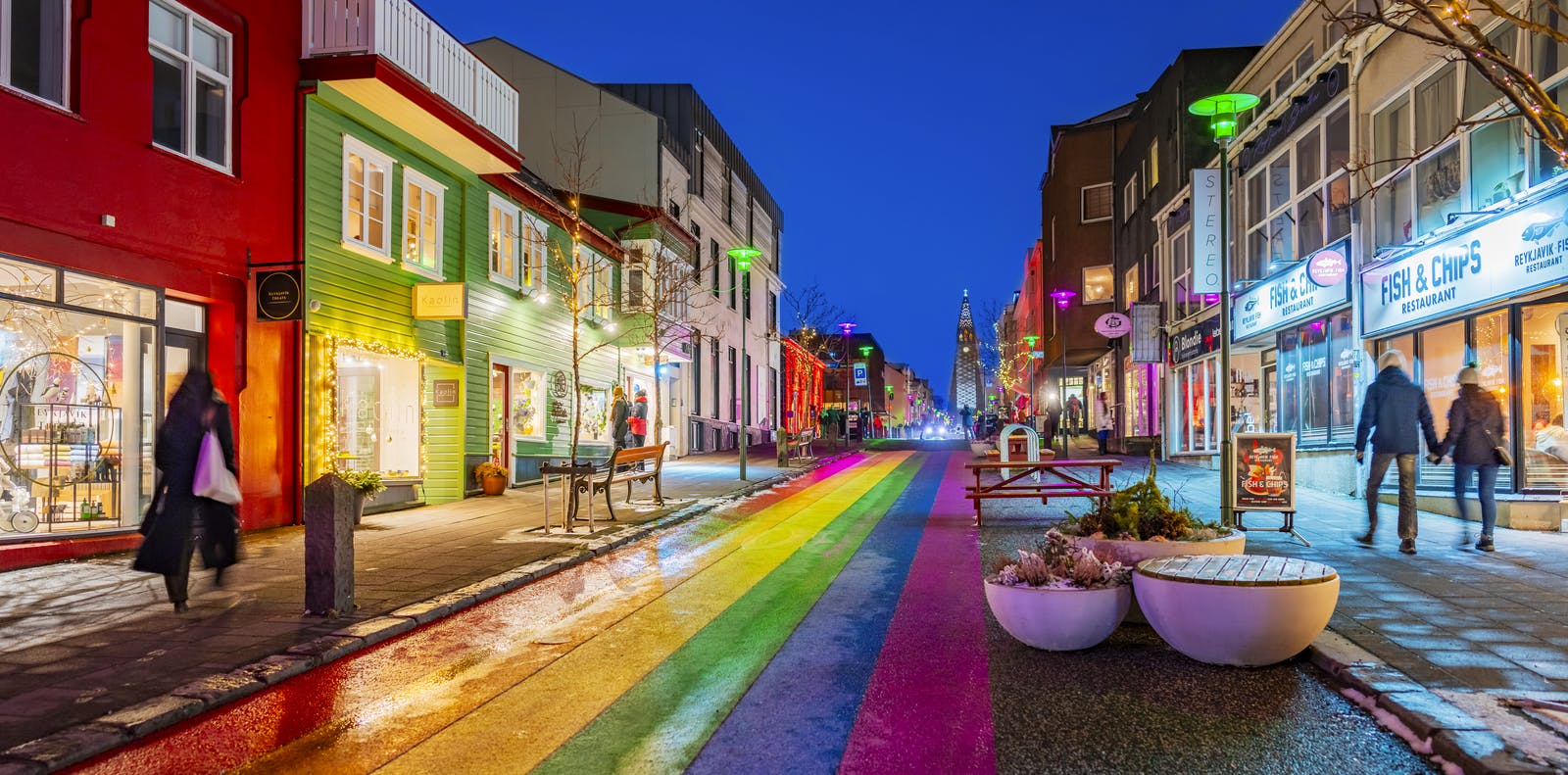
Things To Do In Reykjavík In February
If you're taking a trip to Reykjavík in February, then congratulations on your fine judgement! You're about to enjoy Iceland at the time of year when tourism is in a lull, allowing you the space and tranquillity to fully experience the delights of our country. And although Iceland's capricious weather can often hamper plans to travel beyond Reykjavík at this time of year, there are so many things to do in the capital region that you may not even feel the need to leave.
1. Dark Nights, Winter Lights
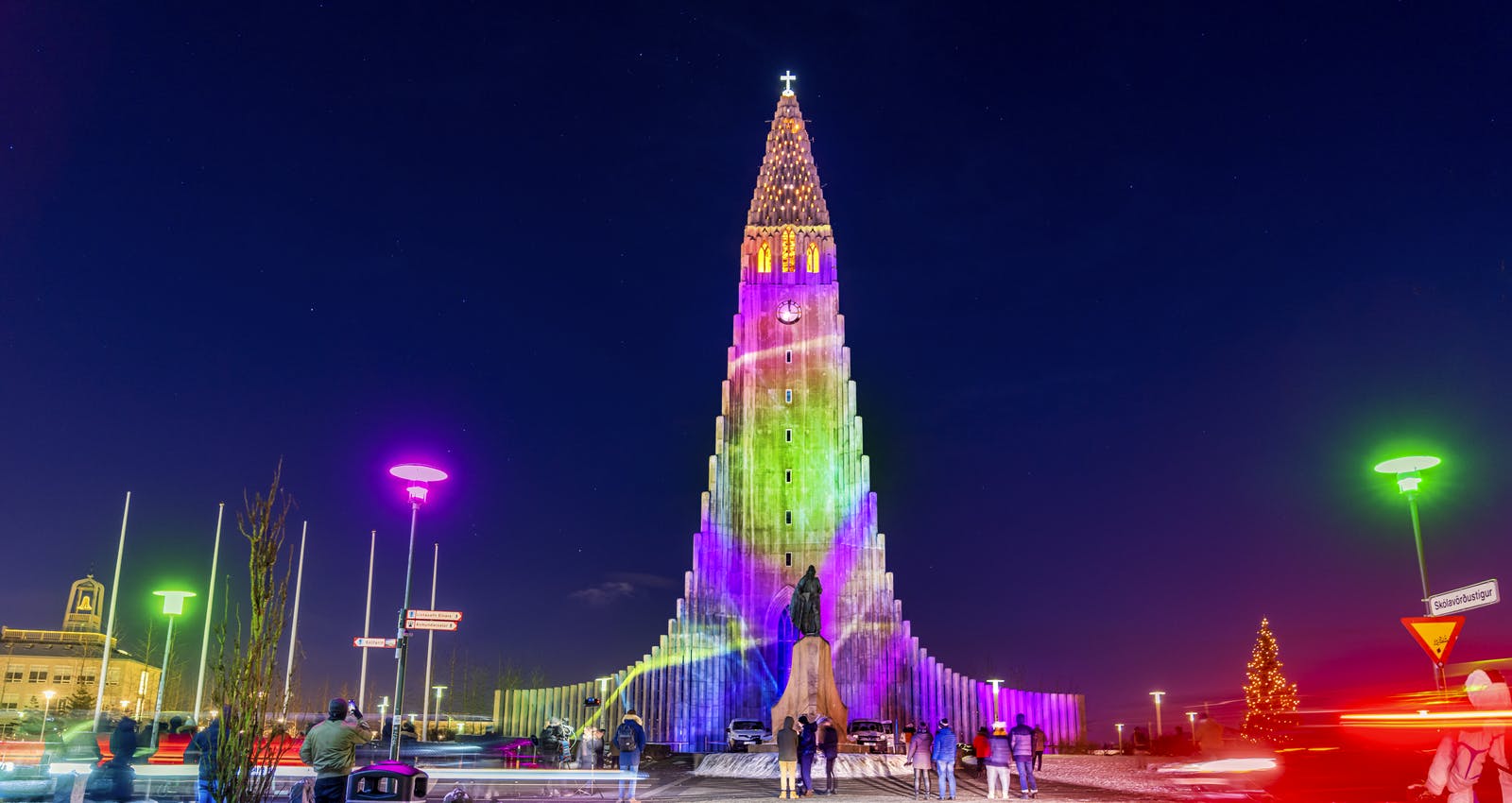
The Winter Festival (Vetrarhátíð) is an annual series of free evening events conceived to celebrate the coming of light and the shortening of nights as spring approaches.
In 2024, it will run from the 1st until the 4th of February and should be top of your list of things to do in Reykjavík in February. The festival comprises three parts:
- an outdoor trail of light art in public spaces
- open evenings at museums across the capital
- the city's thermal pools open their doors for special evening sessions.
In past years, outdoor light installations have showcased the best and the brightest Icelandic artists working with light, utilising iconic local buildings such as the famous Hallgrímskirkja church as their projections' backdrop.
On the 2nd of February, many of Reykjavík's museums will hold special events as part of the festival, and on the 4th of February, 13 swimming pools across the city will be open in the evening. Swimming pools and hot tubs are an integral part of the Icelandic social fabric, and this event is your chance to gain some insight into that culture.
2. Cream Balls, Lamb Stew and Candy Too
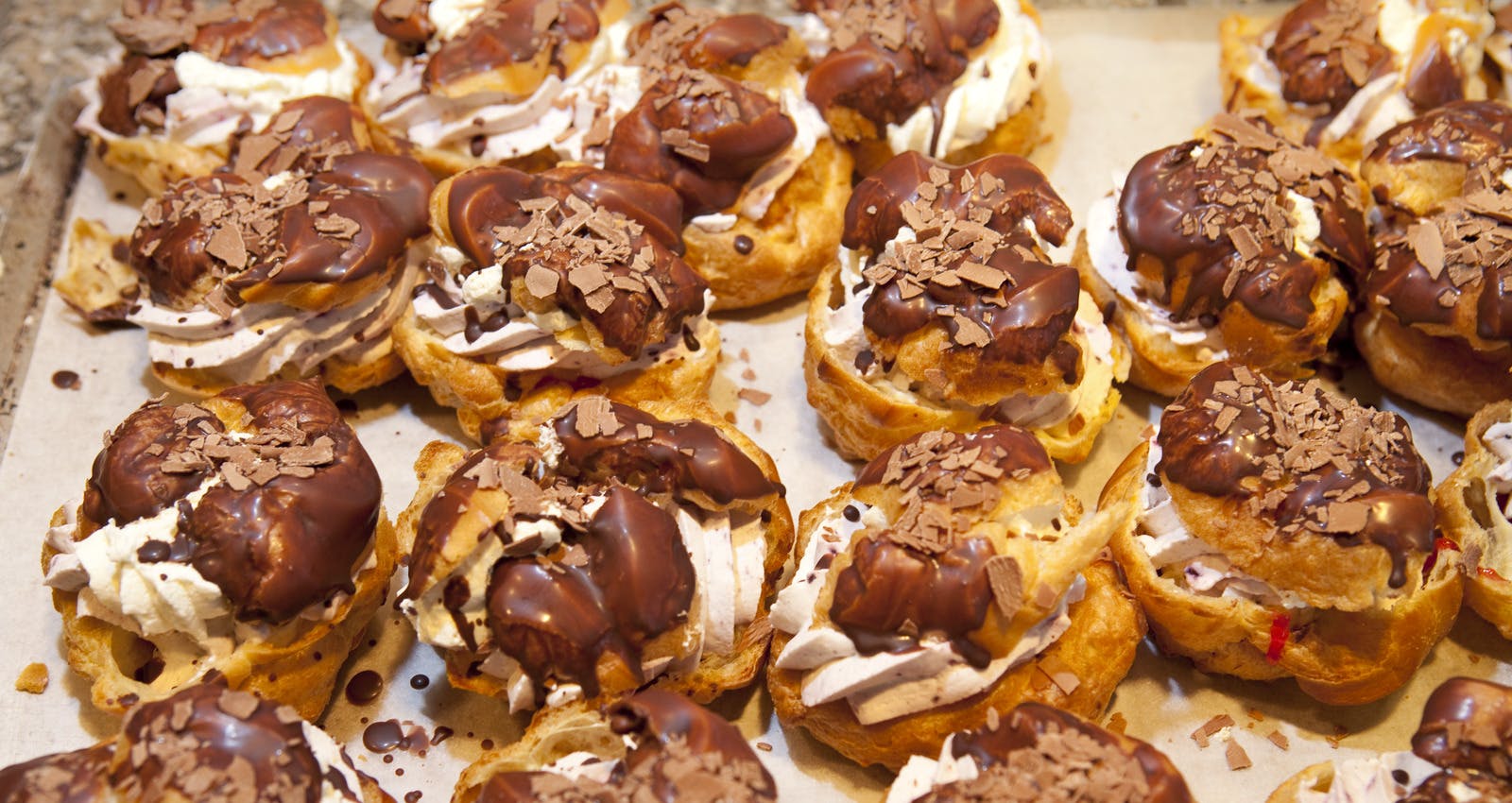
The coming of spring brings with it the advent of Lent in the Christian calendar, and its start—Ash Wednesday, or Öskudagur in Icelandic—falls on the 14th of February in 2024. Although for most Icelanders, the period of Lent now has no religious significance, it has given Icelandic society three special days that are widely observed, each with its own customs.
On Öskudagur, children get the day off school so that they can dress up in costumes to go around shops and businesses, singing for candy or other treats. This passing similarity to the North American custom of trick or treating sometimes leads visitors to refer mistakenly to Öskudagur as "Icelandic Halloween", but they're very different customs with separate roots. You might like to take some candy out with you in case you're lucky enough to be treated to a song.
The day before Öskudagur—Tuesday the 13th of February this year—is called Sprengidagur, which translates as Explosion Day and is the equivalent of Shrove Tuesday in other cultures. It's the day on which Christians traditionally ate all that was left in the larder before starting the fasting period of Lent. In Iceland, that meant making a huge stew of salted lamb, split peas and other vegetables and then eating it to the point of bursting! On Sprengidagur, you should be able to find this stew on the menu in traditional restaurants, such as Kaffi Loki opposite Hallgrímskirkja.
And the day before Sprengidagur—Monday the 12th of February this year—is special too and is also about stuffing your face before Lent. On this day, known as Bolludagur (Bun Day), Icelanders buy or bake bollur: pastry buns filled with cream and jam and topped with chocolate icing. Kids and adults alike tuck into piles of these sweet delights, and you can join in the high-carb fun at any bakery in town.
3. Not Loved Up, But Respectful
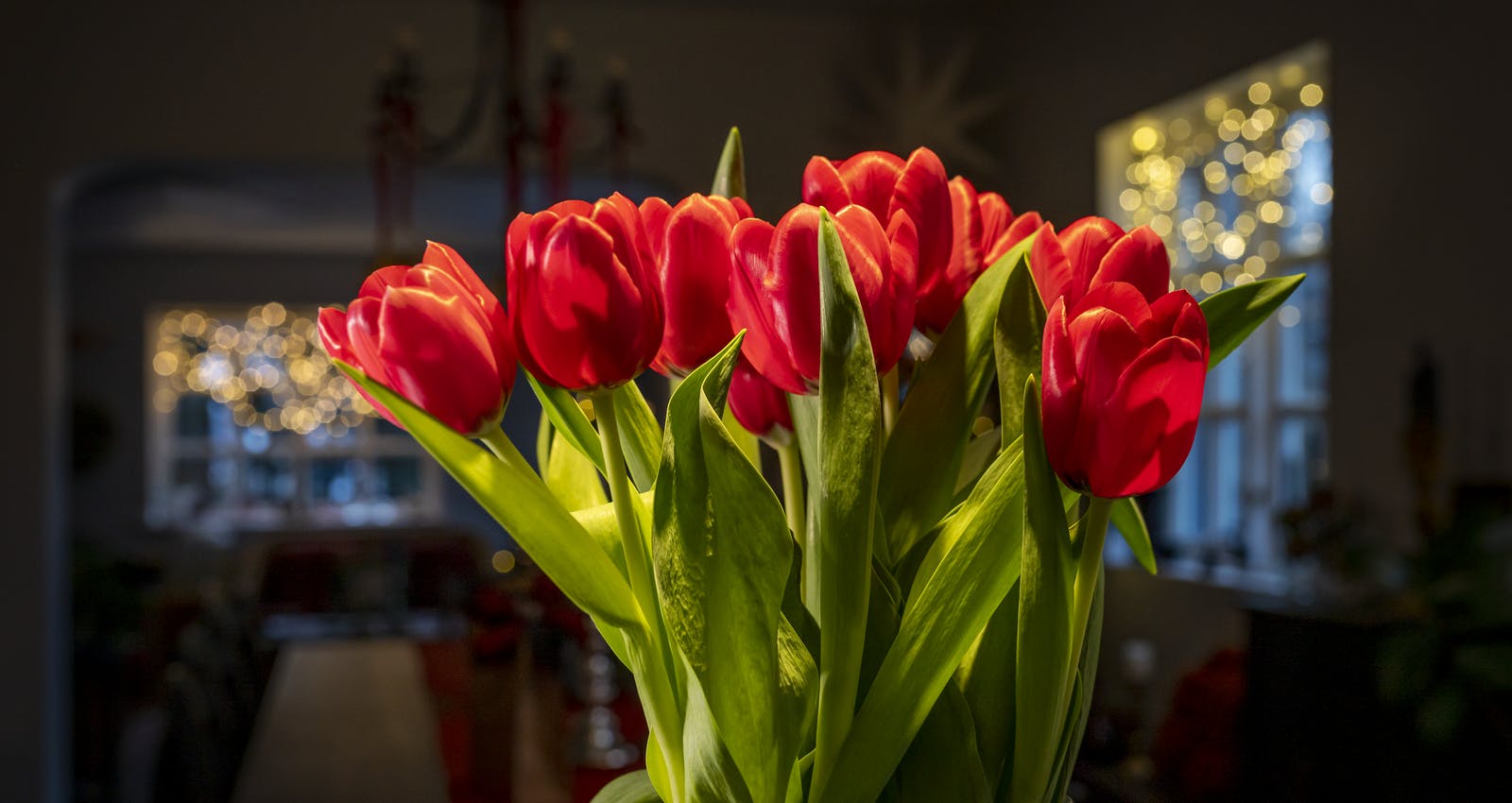
With Öskudagur falling on the 14th of February this year, you might wonder what will happen to St. Valentine's Day. But the truth is that Icelanders have never really embraced the concept, and it remains a largely foreign custom here. However, if you wish to celebrate it, you will probably find that Reykjavík's more tourist-orientated restaurants will mark the occasion to attract your business.
If the object of your affection is female, however, Icelandic culture does offer you the opportunity to show them your appreciation. Konudagur, or Women's Day, takes place on the first day of the old Icelandic month of Góa. It is a day set aside for people to celebrate the women in their lives, whether that is through buying flowers, cooking for them or just generally pampering them. (And in case you're wondering, yes men do get an equivalent day—Bóndadagur, or Farmer's Day—in January!)
4. Time For Some Exercise
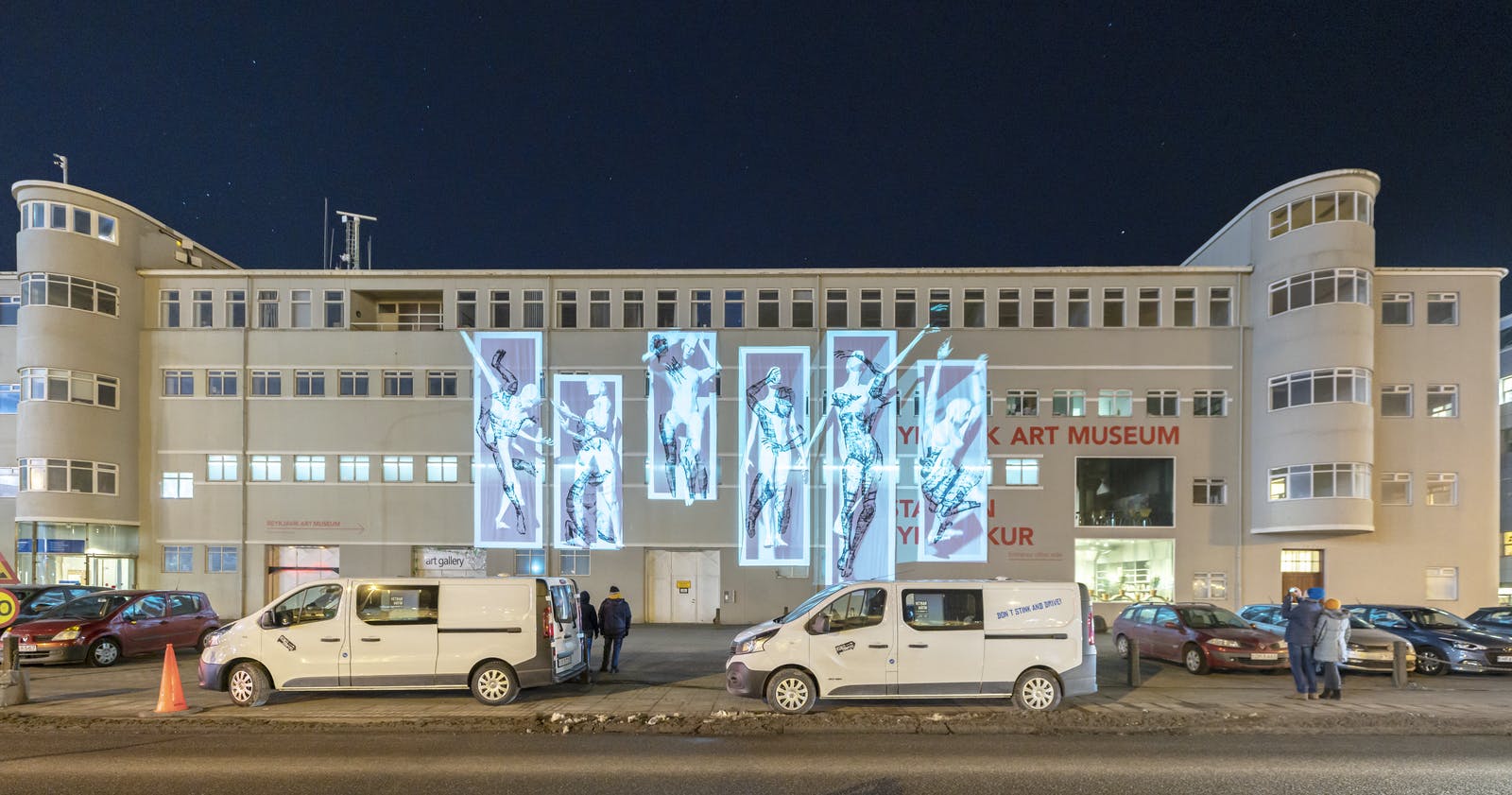
If all this talk of feeding your face has got you feeling lardy before you even arrive, then you can add a good jog around town to your list of things to do in Reykjavík in February. The Northern Lights Run, which takes place on the evening of the 3rd of February, is a 5km fun run (or stroll!) around town and forms part of The Winter Festival. The course starts at the Hafnarhusið branch of the Reykjavík Art Museum, and all participants will be given their own illuminated merchandise to become part of the city's illuminated art installation. Register online if you want to take part.
FAQ
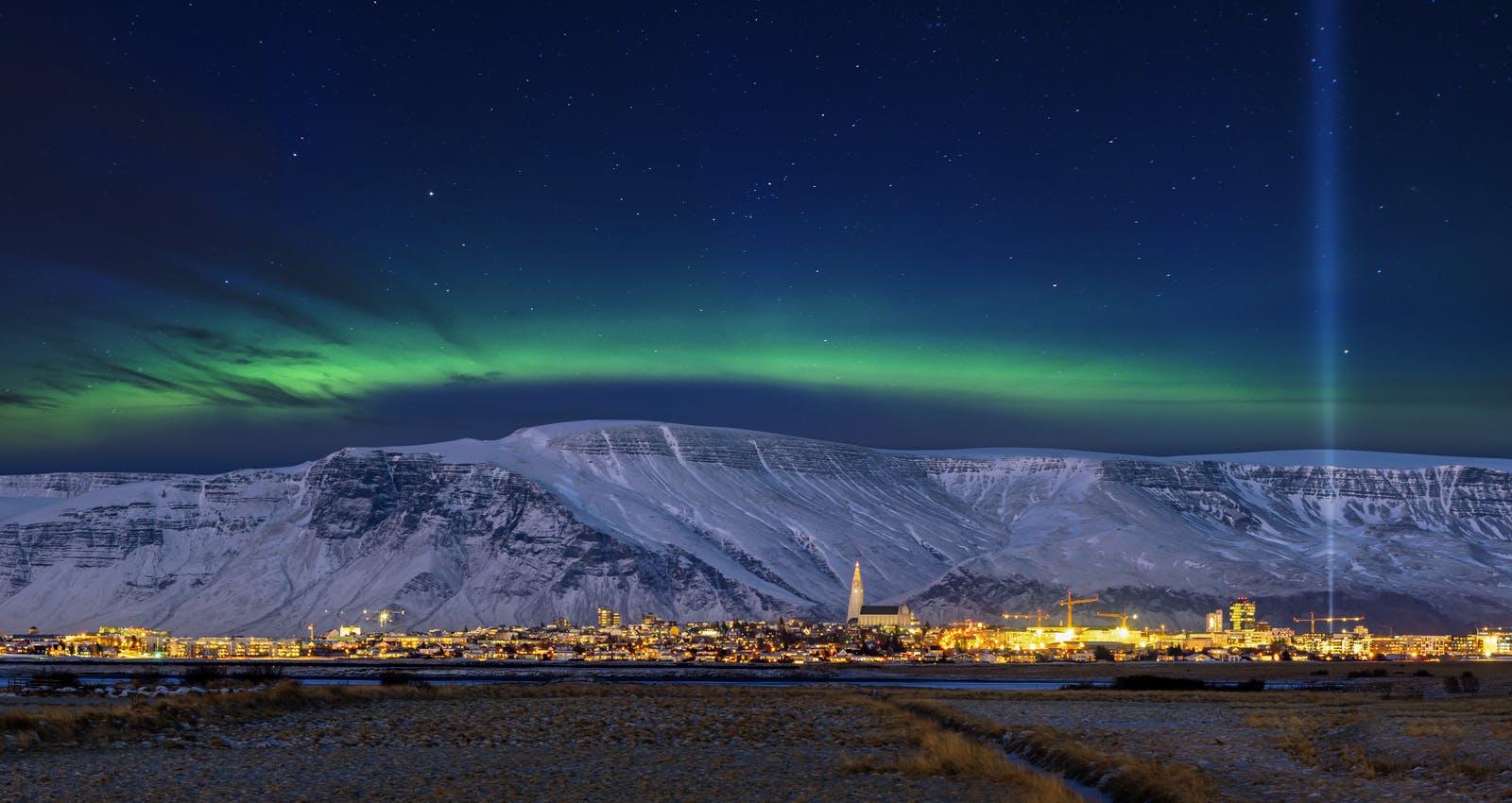
Is February a good time to visit Iceland?
Despite the Icelandic midwinter weather presenting some logistical problems, we would say that there is never a bad time to visit our country. Having said that, February does offer some particular advantages. The start of the year is the quietest time for tourism in Iceland, so you're less likely to be elbowing through hordes of visitors at the popular spots. And although the most wintery months have passed, you're still likely to experience snow during your visit.
Can you see the northern lights in Reykjavík in February?
The atmospheric process which results in the northern lights—or aurora borealis— is most active in March and September, so February is only a month away from peak time. And, since the nights are still fairly long, there's plenty of darkness that you'll need to see them. But, as ever, nature doesn't perform on cue! So be prepared to invest time looking to the skies.
If you don't catch the aurora borealis in the wild, you should check out Perlan's educational and entertaining Áróra exhibit. Experience the full glory of the northern lights in Iceland's only planetarium, where science and art come together to deliver a thrilling, immersive experience.
What clothes to wear in Iceland in February?
When you're packing for your Icelandic trip at any time of year, think very carefully about clothes; being comfortable will make all the difference to your experience. The only predictable thing about Icelandic weather is its unpredictability, and you might well experience all four seasons in one day.
In February, though, dress for cold, snow and ice. Bring thermal base layers; merino wool and moisture-wicking athletic synthetics will keep you warm and dry. Mid-layers should include a zip-fronted fleece, and top it all off with waterproof hiking trousers and a substantial down or fibre-filled coat. Warm hats and gloves are essential, as are hiking boots. Even in Reykjavík, you'll find ice and puddles of slush underfoot and snow that you'll have to tramp through. You'll definitely regret wearing those dressy shoes or fancy sneakers, no matter how good you think they'll look.
Is February a good time to see whales in Iceland?
The best time to see whales in Iceland is during the summer months of May to August when these migratory mammals are most likely to be around our waters. Having said that, some Reykjavík whale-watching tours do operate all year round. And in winter, you're much less likely to be fighting for elbow room on the deck if you do spot any!
Can you visit the Blue Lagoon in Iceland in February?
The Blue Lagoon, Iceland's iconic geothermal bathing experience, is open year-round. However, as it's usually rammed with tourists morning 'til night, you'll appreciate the slightly sparser nature of the February crowds. A winter dip only serves to highlight the exhilarating difference between the cold air and the hot water on your skin.
Is Reykjavík snowy in February?
The snowiest month in the Icelandic capital tends to be March, but February does not come far behind, and there's a good chance you'll experience some of the white stuff. Dress accordingly, and beware that snowfall on roads outside Reykjavík can drastically alter your travel plans.
Can you see puffins in Iceland in February?
One of the best places to see puffins is Látrabjarg, a stretch of cliffs in Iceland's Westfjords. Since they nest on the sheer rock face for protection, these birds have to be viewed either from a boat or (very carefully!) from a nearby cliff edge.
Given that such viewing arrangements could be uncomfortable or even dangerous during wet and windy February, and given that the roads to the Westfjords are prone to snow closure at that time of year, you should probably consider a visit in summer.
However, you can get a very real sense of Látrabjarg by visiting Perlan's stunning augmented-reality recreation of the cliff. Visitors can stand at the bottom, looking up as they learn about all the varieties of bird life which call the cliff home.
Popular articles

Reykjanes Volcanoes Overview
Enjoy a complete overview of the Reykjanes Volcanoes from 2021-2024. Learn about its geology, recent activity, and visitor tips for a safe, memorable experience.

Reykjanes Peninsula Volcanoes: Sundhnúksgígar Eruptions
The anticipated volcano has erupted in the Reykjanes Peninsula, the site is being called Sundhnúkagígar. See the historic insights on the seismic activity and volcanic eruptions.

Earthquakes in Iceland
Earthquakes in Iceland are a fact of life. Each year, hundreds of small tremors shake the earth, a reminder of the country’s position on a tectonic plate boundary.

Volcano Museums and Exhibitions in Iceland
If you don't manage to visit an actively erupting volcano in Iceland - Experience its force at one of these excellent volcano museums and exhibitions in Iceland.

Top 10 Places To See the Northern Lights in Iceland
You can see the northern lights across the country, but some spots are more suitable than others. Find the best place to see the northern lights in Iceland.

Ice Caves From Reykjavik
Travel beyond the capital for a closer look at an ice cave under one of Iceland’s glaciers. If you can’t spare the time, experience Perlan’s ice cave in Reykjavik.